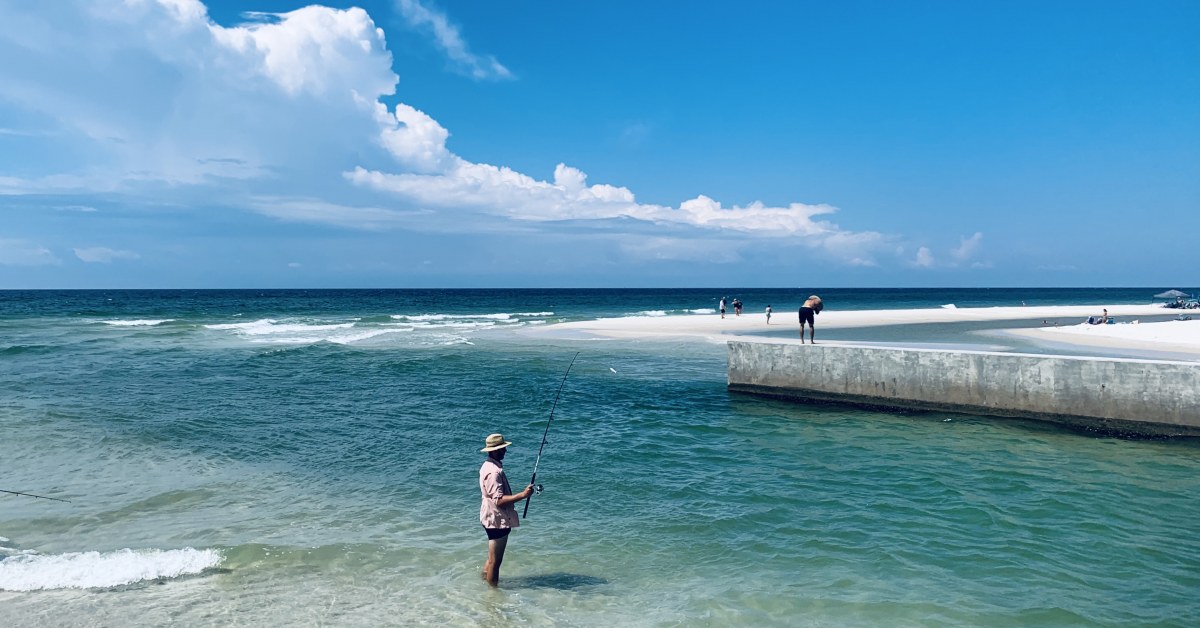Sustainable fishing guarantees there will be populations of ocean and freshwater wildlife for the future. It means respecting habitats and ensuring those who depend on fishing can maintain their livelihood. Our oceans and waterways are home to numerous species of fish that are consumed for food. For thousands of years, people have fished to feed their families and communities, but in order to continue relying on seafood, sustainable fishing practices need to be set into place.
The fish population is decreasing due to advances in technology and demand for seafood. More than 170 billion pounds of fish are caught each year, and scientists fear that fishing at this rate could cause a collapse in the world’s fisheries. For example, bluefin tuna is only at 21-29% of its 1970 population, and there are several other species that are now overfished.
As long as we follow sustainable fishing practices, we can continue to enjoy seafood without endangering any of the species. Fishing practices such as using a cast net, spearfishing and rod-and-reel fishing prevents overfishing. Setting seasons and providing protected spots allow the fish to replenish themselves.
It’s important that conservationists work together with fishers to protect marine and freshwater environments. Both stakeholders ultimately want the same thing: plentiful fish. Establishing a healthy marine environment will ensure a bountiful future supply so we can continue to rely on seafood as a food source.



Leave A Comment